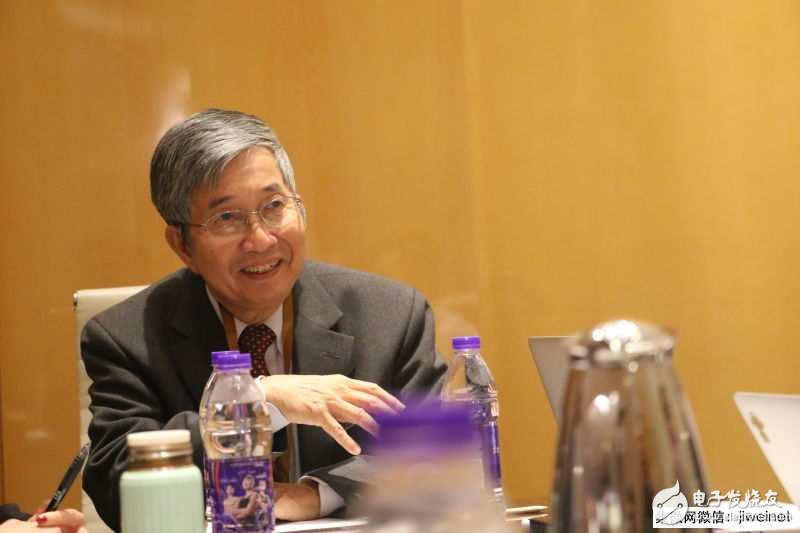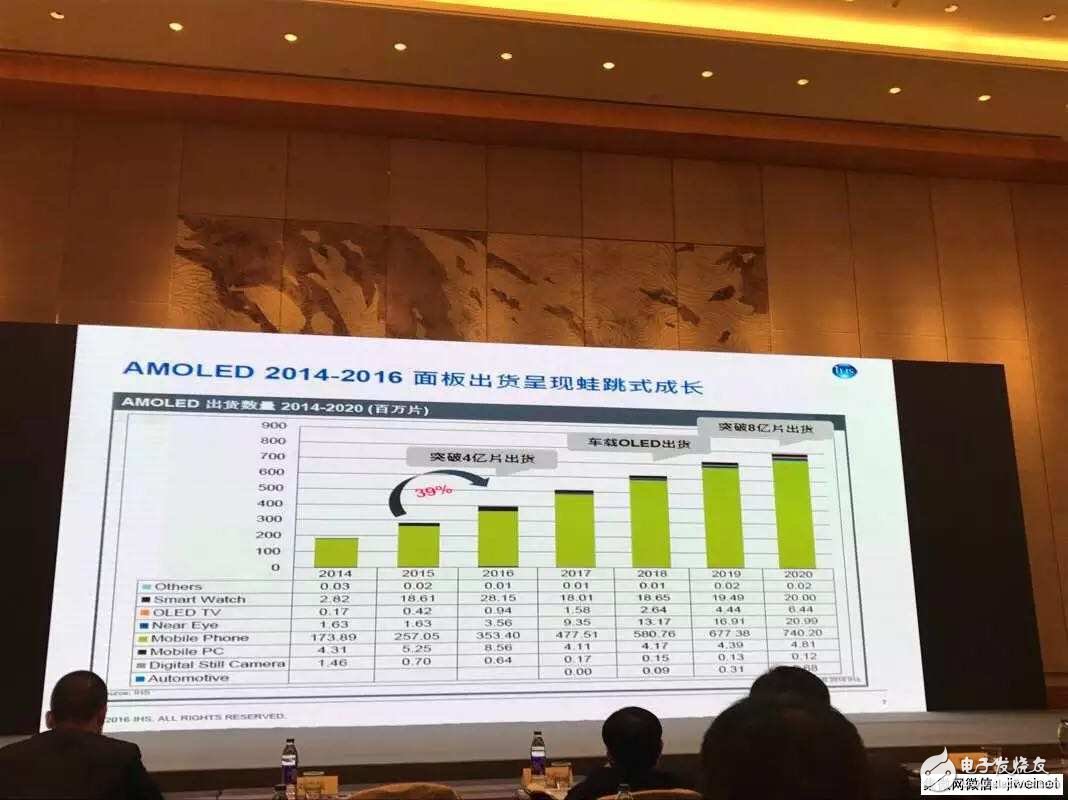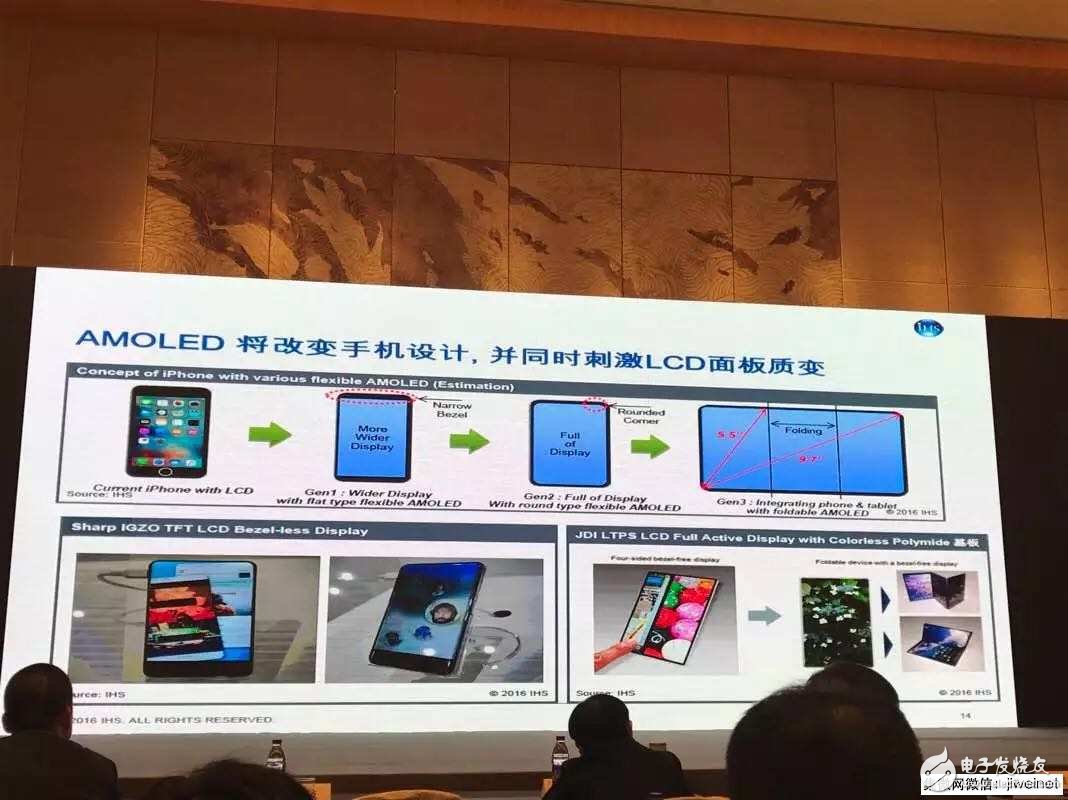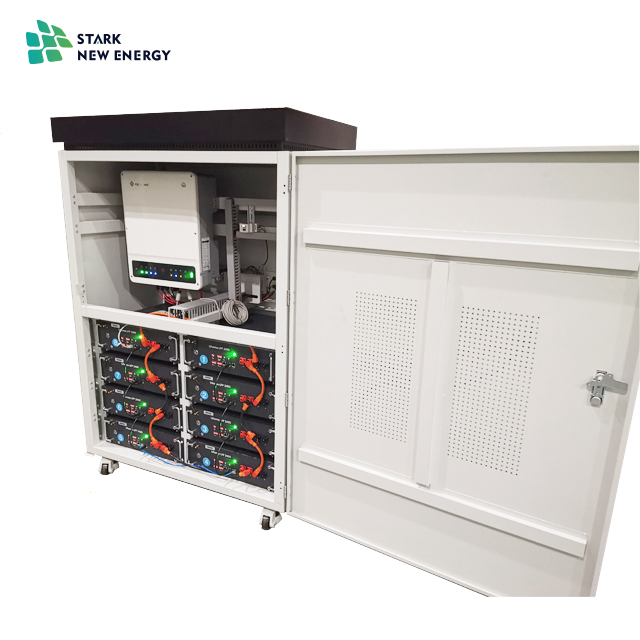The size of the screen is in line with the 2017 industry chain to prepare for OLED
The prolonged battle between quantum dots and OLEDs has become more and more anxious. In 2016, the OLED camp continued to grow. The upstream BOE and Huaxing Optoelectronics all invested 100 billion yuan in the OLED industry. In particular, BOE stopped investing in new LCD panel projects and invested in OLED panel production lines in Mianyang City, Sichuan Province and Hefei, Anhui.
As a persistent OLED technology, Korean panel maker LGD is also sparing no effort to develop, produce and promote OLED technology, and plans to produce 2 million units in 2017. From the small screen, in order to increase the output of OLED screens, Samsung removed some LCD TV panel production lines and converted them into OLED screen production lines. With the news that the iPhone 8 will use a large area of ​​OLED screens, it has been confirmed by many parties that the inflection point of OLED is earlier than expected.
"The development of technology has far exceeded my expectations. The OLED development trend has been slanted in the past five years. OLED technology has matured and will replace LCD in the next two or three years." At the "2016 China OLED Display Industry Summit", Deng Qingyun, a professor at the Hong Kong University of Science and Technology and a professor at the University of Rochester, who is known as the "father of OLED", told the "First Financial Daily" reporter that this time is expected to be earlier than the interview with him a year ago.

What is the potential of OLED?
OLED is praised by more and more people as "next-generation display technology". The so-called OLED is an organic light-emitting diode. Compared with the traditional LCD liquid crystal display, its biggest advantage lies in its self-illumination and flexible characteristics. In terms of features, he has made electronic products thinner and more power efficient, while flexible features make OLED products more imaginative on the current curved surfaces and wearable devices.
According to data provided by Aowei.com, sales of OLED TVs in China increased by 149% in the first quarter, by 187% in the second quarter and 66% in the third quarter. Regardless of the manufacturer or current consumption status, the mid-to-high end is the main market for OLED products. According to research, 40% of the middle class is willing to pay more than 50% to buy OLED TV.
According to Wang Xiaoyu, deputy general manager of the Orw Cloud Network Flat Panel Display Industry Chain Research Department, the reason why OLED TVs perform well in the mainland is mainly based on three reasons. The first is the call of China's manufacturing 2025 and other policies, providing a good development environment for the OLED industry manufacturing. Secondly, from a technical point of view, in the past five years, the yield rate has been the controversial focus of OLED, but with the improvement of manufacturing process, the current 55-inch OLED panel yield has increased to 85%. More importantly, from the upstream panel manufacturers to downstream TV manufacturers, the OLED camp is expanding. At present, TV brands such as Philips, Panasonic, Skyworth, Konka and Changhong have introduced OLED products.
However, industry insiders including Deng Qingyun also admitted that price is the biggest challenge for the popularization of OLED products. "From the perspective of cost structure, the current 55-inch OLED is 650 US dollars, LCD is 314 US dollars, 55-inch is the most mature state. The price difference for larger sizes will be even greater.†Xie Qinyi, general manager of IHS Display Department Research, told reporters.
In terms of manufacturing processes, the backsheet of OLED is more refined, and the packaged organic light-emitting material is highly susceptible to external air and water. The organic material is difficult to control the pass rate and manufacturing efficiency during the evaporation process, and the yield rate is at the production cost. The losses caused by the aspect have caused the cost to rise.
This is also the technical direction that LGD manufacturers continue to overcome in the panel manufacturers, "If the price of OLED can be reduced, then OLED TV will completely replace LCD TV." Deng Qingyun said.
Mobile phone market is faster
Compared with the big screen market, the small screen market represented by mobile phones and wearable devices is more rapidly applied in OLED technology. Especially in the past three years, the shipment volume of AMOLED panels has shown a leapfrog growth. According to the data provided by IHS, the shipment of AMOLED panels will reach 400 million in 2016, an increase of about 39% over the same period of last year. Than the highest. "TV is less than one million pieces, most of which are OLEDs for mobile phones, of which Samsung has more than 300 million pieces." Xie Qinyi explained.

Price is a key factor. "In the mobile phone market, the price of OLED and LCD is close, especially the 5-inch panel mobile phone panel. Their prices are similar. So, in the case of similar prices, people are more inclined to OLED because they are lighter and thinner. Energy consumption is even lower." Deng Qingyun told the "First Financial Daily".
According to Xie Qinyi, taking Samsung mobile phones as an example, the price difference between the flexible screen and the traditional screen panel is about 10 dollars, but the sales price of the terminal products is one or two hundred dollars, which provides a profitable space for mobile phone manufacturers. At the same time, the yield of AMOLED is about 60%, and the yield of 5-inch AMOLED has reached 78%, which can be compared with LCD.
At present, China's mobile phone brands are also increasing their adoption of OLEDs. According to IHS data, in 2015, China's smartphone brands purchased about 50 million OLED smartphone displays, which grew to more than 85 million in 2016, including flexible panels.
"Although Samsung's display is still absolutely leading in the supply of OLED mobile phone panels and the reliability of panel quality, but domestic panel manufacturers have emerged, and some models have been promoted from First Source to FirstSource." Xie Qinyi said.
More imagination
Although Apple did not expressly express it, from the information of the upstream supply chain, it is a foregone conclusion that Apple's mobile phone products will be officially applied next year, and the application of OLED materials will bring more imagination to Apple products.

"In order to achieve the effect of no borders, Apple will adopt AMOLED in the future for a longer-term plan. In the end, it will adopt AMOLEDs that can be folded in 2020." Xie Qinyi boldly assumed.
"At present, the size of the iPhone 6 is 4.7 inches, and the three pieces are 4.7 inches. The diagonal is just 7.9 inches, which is the size of the tablet. In the future, if the foldable AMOLED technology is mature, the tablet and mobile phone products will be combined into one. Users do not need to bring two products to go out."
Another area of ​​imagination is the change in the working window. At present, Apple's working window is opened to white, and the biggest characteristic of AMOLED is not brightness, but dark contrast. If this feature is used, the working window of Apple products will turn gray or black in the future, and the words will be white or white. The illuminating technology makes such windows more contrast and more power efficient.
OLED TVs are beginning to be commercialized, and the OLED mobile phone market is also in full swing. The commercialization of OLED vehicles is also in the process of advancement. For example, in the car touch screen, the color performance of OLEDs is more advantageous because of the low brightness in the car interior. According to Xie Qinyi, a Korean car manufacturer and a German car manufacturer will use OLEDs in 2018, which will greatly increase the shipment of OLEDs, which will also lower the cost of OLEDs.
In Deng Qingyun's view, the challenge of OLED in the future lies in two points: "The first is to maintain the technical quality of OLED, and the second is to lower the price."
Jiangsu Stark New Energy was founded in 2018. It is an emerging new energy manufacturer and trader. Our company focuses on the integration and research and development of household energy storage systems. The Energy Storage System integrates our company`s lithium iron phosphate battery packs. 48V 51.2V batteries are connected in series and parallel to meet the requirements for battery voltage and capacity.
Equipped with a dedicated inverter control all-in-one machine for home connected and off-grid energy storage, it realizes the free switching of energy between photovoltaic mains and batteries, making energy more efficient, and allowing many islands and other areas with no electricity or unstable mains to obtain Reliable power supply
At present, our best-selling products include 10KWH 5KW and 20KWH 10KW energy storage all-in-one machines, which can also be customized according to the specific needs of customers to fully meet the needs of customers and the market.


Home Energy Storage System,Energy Storage System Lithium Battery,Solar Energt Storage Battery System,Hybrid Energy Storage System
Jiangsu Stark New Energy Co.,Ltd , https://www.stark-newenergy.com